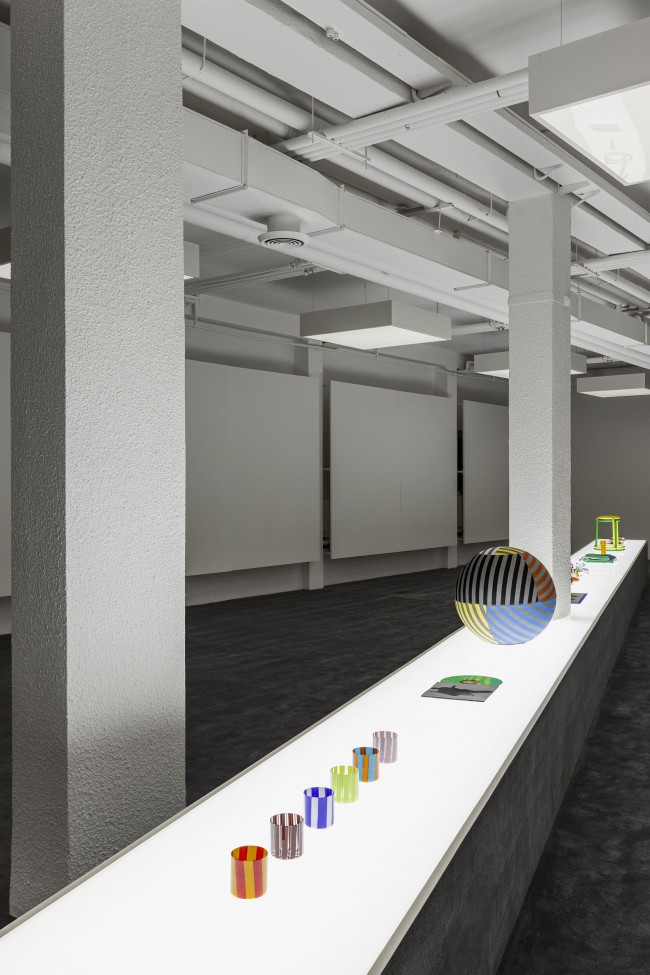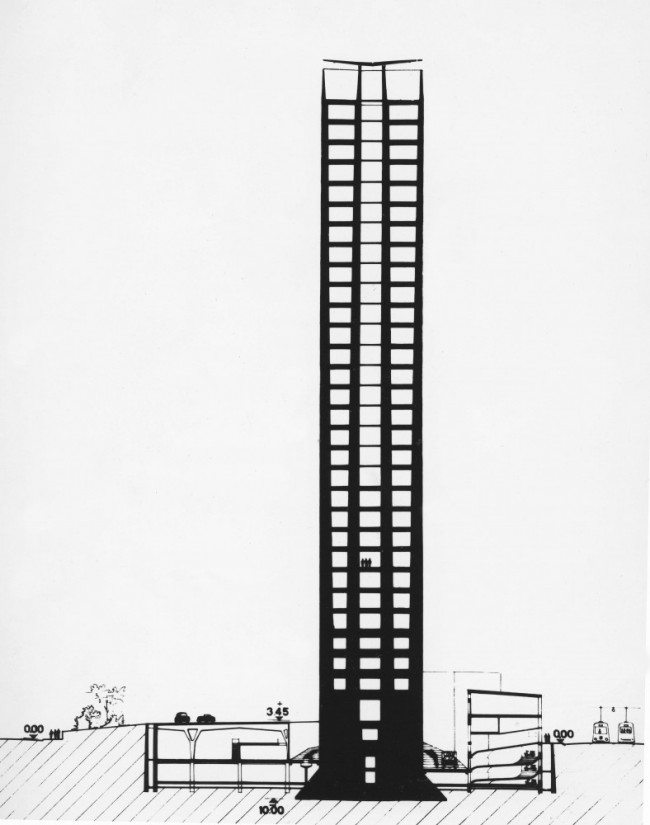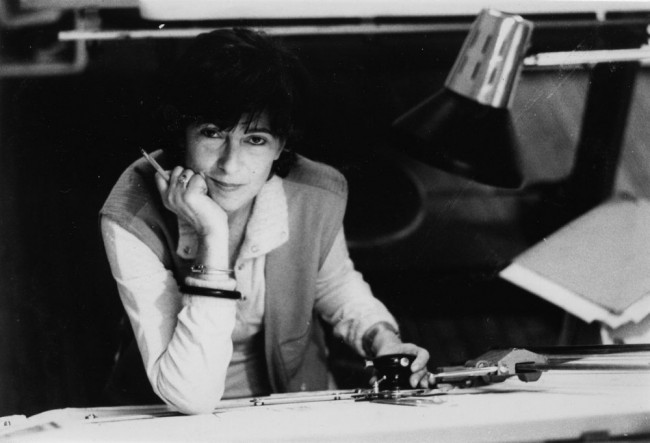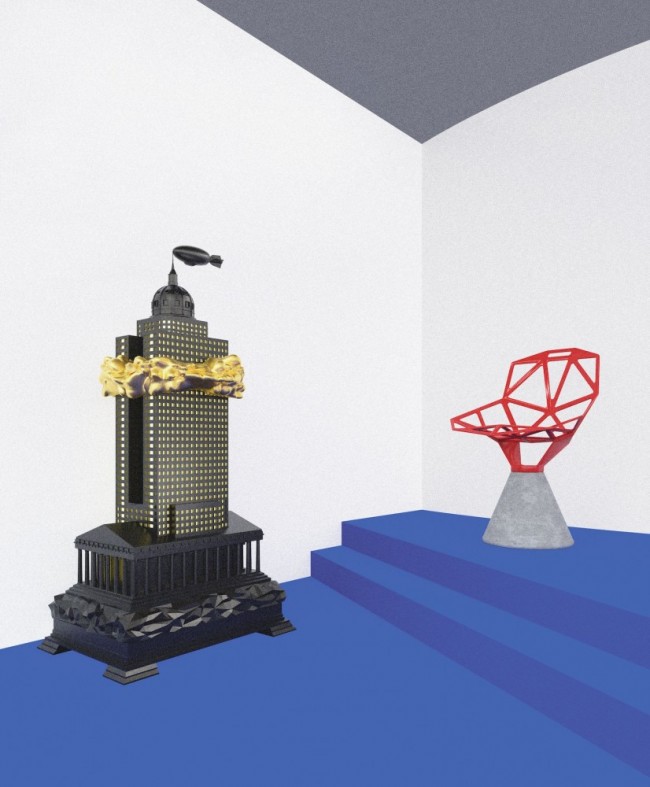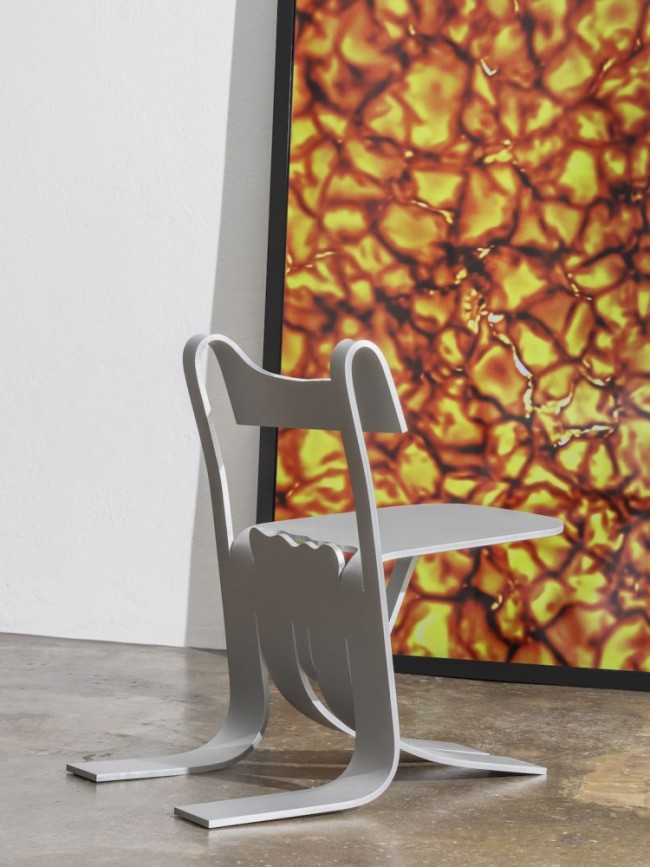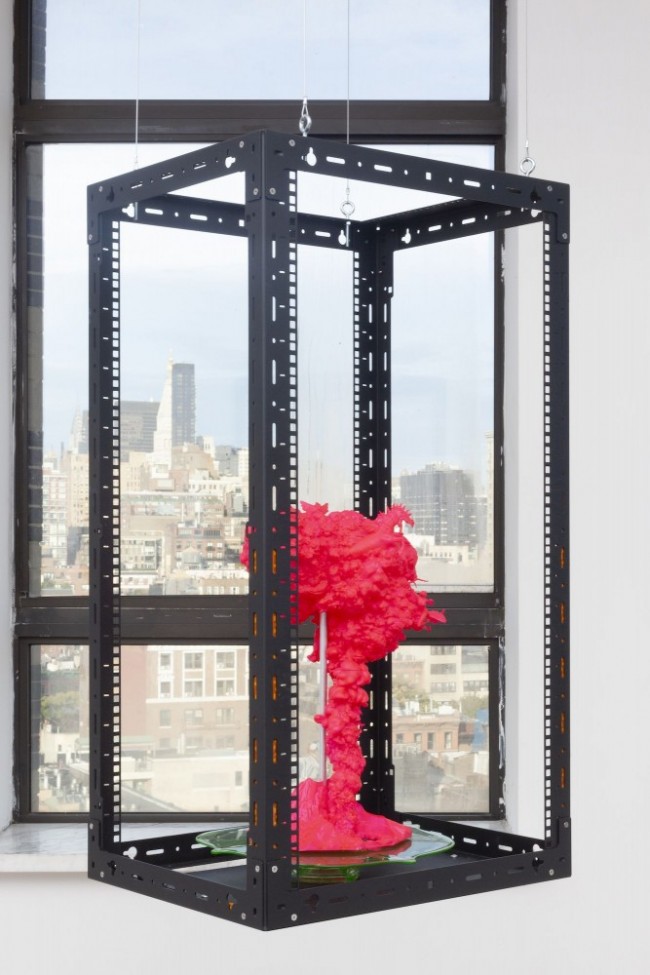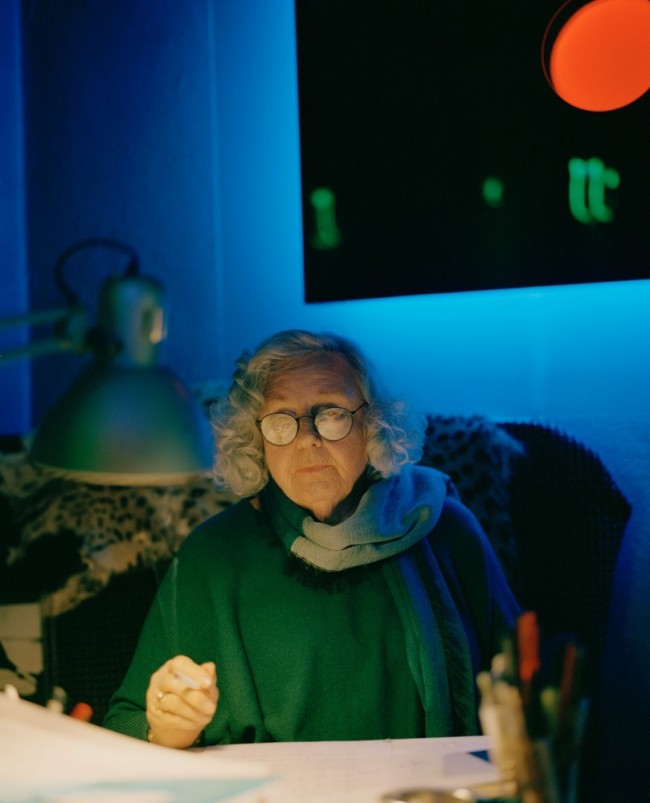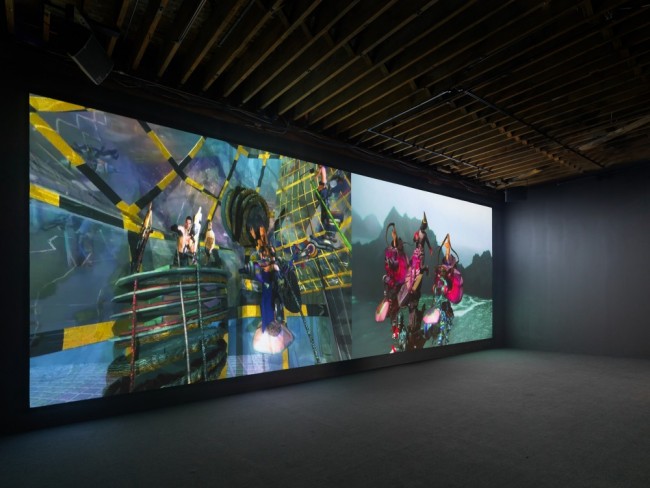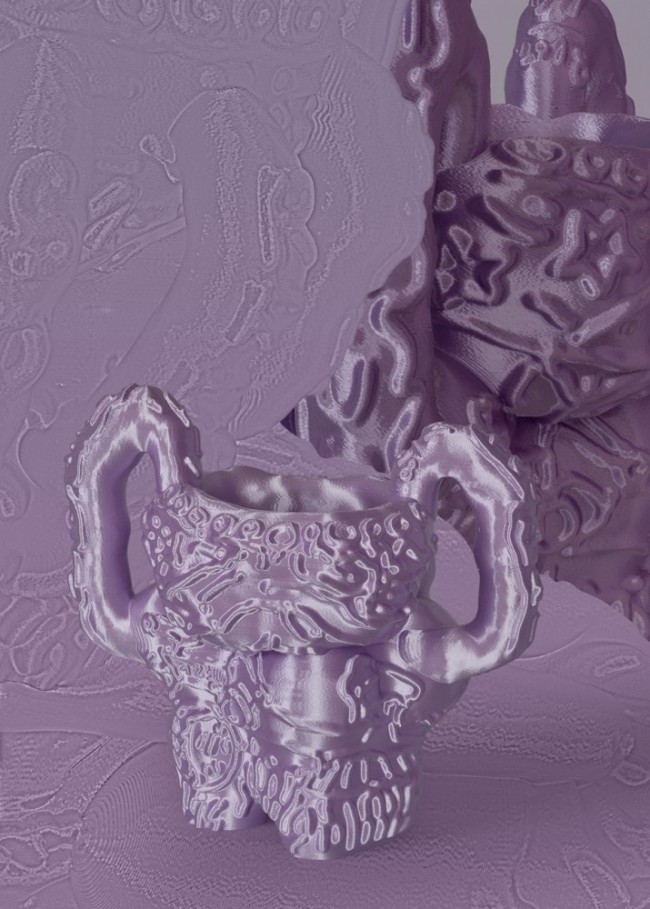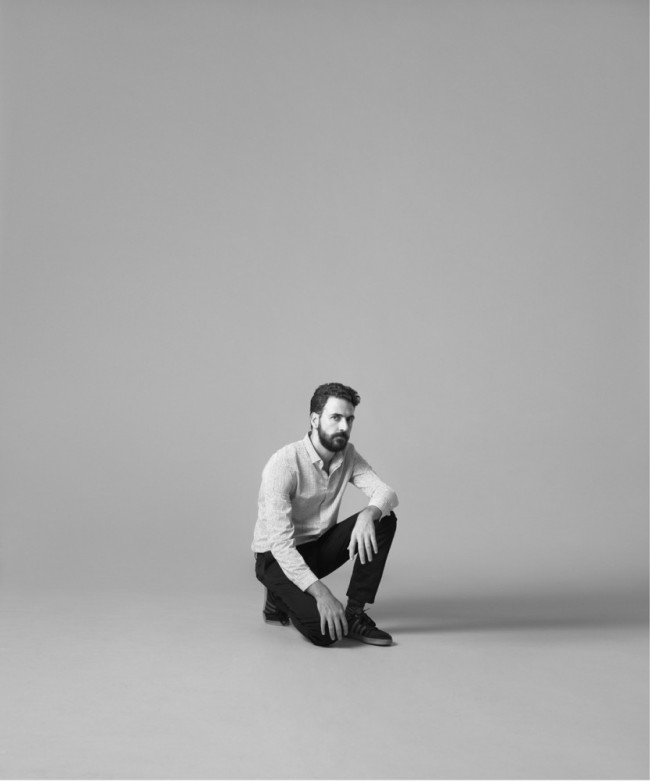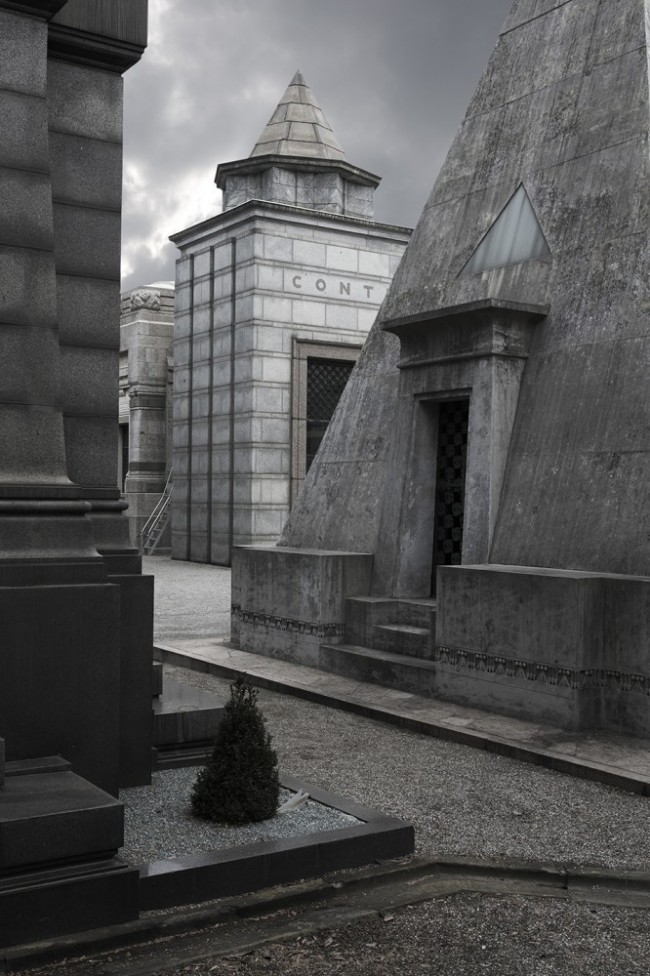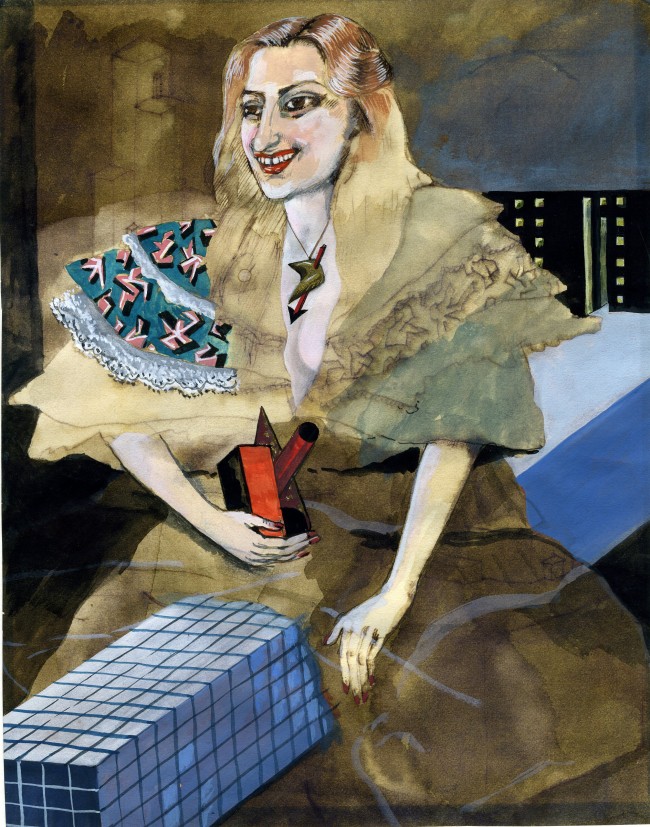3D PRIMITIVE: HOW TO REINVENT THE FUTURE THROUGH MEDIOCRITY
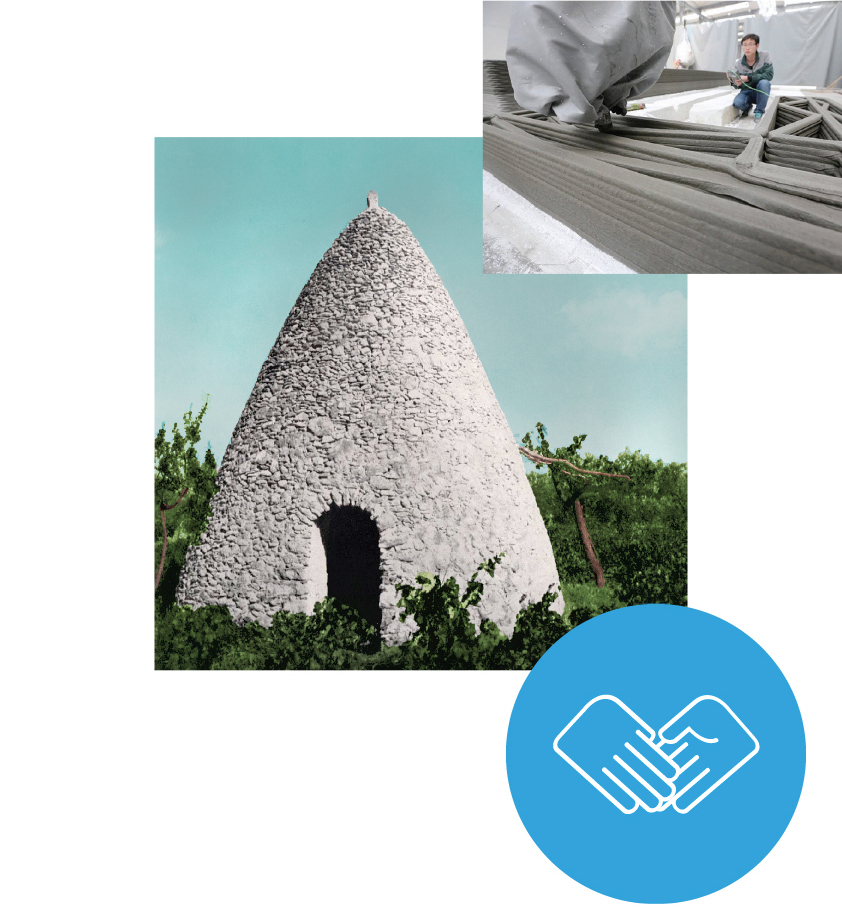
Back in his 2013 State of the Union Address, former President Obama described the beginning of the “next revolution in manufacturing.” He was referring to a government-sponsored program to support the development of 3D-printing technologies in the U.S. and, in his signature presidential drawl, painted a picture of a wave of 2.0 artisans who would contribute to a “Made in the USA” renaissance, a state-sponsored solution to the crisis of manufacturing and employment provoked by international outsourcing, no less.

Although the first 3D-printing machines (which were initially conceived for military purposes) date back to the 1980s, they have been present in architecture and design for less than a decade. While their rise in popularity in these disciplines was bound up with the development of computer-aided design (CAD), architects still struggle to come up with a design ethos, techniques, procedures, and an aesthetic in response to such a pivotal change. 3D printing has not yet impacted construction to anything like the same extent as manufacturing and, according to a dominant rhetoric, the status quo is set to continue, with reactionary architects still producing straight-edged boxes, and progressive designers making convoluted, folded, or blobby masses. Both think they are in the right: the former because digital shapes are perceived as unnecessary, ridiculous, tasteless, too fancy, or downright immoral; the latter because they believe themselves the underdogs in a battle that will eventually be won, giving them the last laugh for having been on the right side of history.

The formal explorations of avant-garde designers are enabled by the endless possibilities of computer-aided design and fabrication (forget about the fact that to become reality they often rely on an army of “volunteer” workers big enough to rival the construction of a Gothic cathedral). It must also be said that, increasingly, designers develop new tools and machines, such as the 3D clay printer devised by former Bartlett students, or MX3D-Metal, a large-scale multi-axis metal-printing robot built by Joris Laarman Lab and the Institute for Advanced Architecture of Catalonia. These are great technological advancements, but what is still missing is an ethical and aesthetical foundation for such technologies. We are living in pioneering years, and so far it seems that such foundations have taken the form of a sunflower phyllotaxis, water-plant voronoi, or flocks of birds. Analogies of this sort between CAD and nature are based on the notion that modern computing is grounded in natural science, but the resultant computational aesthetic has found its biggest enthusiasts in semi-democratic or outright authoritarian nations, keen to project an image of modernity and progress, as Zaha Hadid Architects’s projects in Azerbaijan and China demonstrate.
So the question remains: is what has been defined as “computational architecture” taking its connection to nature a little too literally? Earlier in 2014, China “beat” the West in the race to build the first 3D-printed house, led by the generically named WinSun Decoration Design Engineering Company. With its rectangular plan and pitched roof, the building is shaped like an archetypical house — or perhaps an unintentional parody thereof. In its forgettable appearance, this print product has exposed both the partial futility of a new blobby language tailored around CAD fabrication processes, and the necessity, vis-à-vis the “next revolution in manufacturing,” of archetypes and their continuity with history.

Such ingenuity coupled with deliberate primitivism is reminiscent of a similar moment in history when architects struggled to attribute cultural significance to the consequences of the first Industrial Revolution and its radical innovations in the field of building. Both in art and architecture, European Modernism coincided with a newfound attention towards vernacular architecture, primitive building techniques, and craft. This new primitivism, from Picasso to Le Corbusier, had Italy at the center of the discussion. If the Roman and Greek ruins of the Italian peninsula had inspired swarms of architects from the Renaissance onwards, the viaggio in Italia now included stops in nameless spots in the countryside, obligatory detours to discover un-pedigreed architecture. The genealogy and connection between primitivism and Modernism has been well explained and researched (Michelangelo Sabatino’s 2010 Pride in Modesty: Modernist Architecture and the Vernacular Tradition in Italy is a good recent example). But in the case of Italian architect Giuseppe Pagano (1896–1945) this connection was made explicit and was rendered in beautiful images and clear thoughts right from the outset. “Clear,” “logic,” “linear,” “honest” — these are the words he used to describe rural architectures in his seminal display at the VI Triennale di Milano in 1936, which was published in catalogue form as Architettura Rurale Italiana. The latter is presented as a taxonomy of technical solutions with buildings as dispositivi evolutivi used to explain how architecture responds to both use and the environment. His photographs of anonymous barns in Tuscany, peasant houses in Amalfi, and casoni in the Pontine Marshes illustrated a wealth of architectural examples to inform Modern architectural discourse. Architettura Rurale Italiana, which openly antagonized the official Fascist aesthetic of architects like Marcello Piacentini, made the case for an idealistic future. Here, examples from the past would, by surpassing the horizon of written history and casting the un-nameable builder as its hero, inform the vision of the “experimental city” (an all-encompassing utopia which Pagano planned to outline but never did).

Pagano, more so than better-known contemporaries like Giuseppe Terragni, championed a contemporary sensibility that wanted architecture to reconquer its role within society, its ability to translate forms of life into space and form. He described his last built architecture as “una cosa qualunque” (any old thing), and ultimately aspired to mediocrity, a word whose Latin etymology signifies ordinary or common, which Pagano interpreted as something shareable, something that implies a community. Speaking about Terragni’s Casa del Fascio in 1937, Pagano wrote: “We must act, think, and be poetic… We must desire to be anonymous… I would like architects to work toward finding pride in modesty, in finding pride in great and anonymous heroism.” Those words seem ever more important today when the possibility of anonymous architecture is enabled by open-source design protocols and 3D manufacturing. They also need to be remembered when addressing ideas like mass customization, which seems to be the only potential for individual input that is currently being investigated by 3D-printing designers, and which gave rise to the recent boom of 3D-printed fashion.
The semi-anonymous Chinese 3D-printed house is a hybrid between a great technological leap forward in construction and a poetic object, something evidently “designed” but somehow primitive, ancestral. Does it also represent a lesson to those in the West who see 3D printing as something that caters to the needs of the saturated market of novelty features for the one percent? It is entirely possible that new technologies like 3D printing will pose the same moral questions to architects working today as the ones that Pagano spent his life thinking and arguing about. With his last breath he asked his friends to fight for an architecture that, informed by primitive archetypes, could invent the future in the pursuit of justice and honesty in building.

